- Established 1982 -HOME: www.hiltonpond.org
THIS WEEK at HILTON POND Subscribe for free to our award-winning nature newsletter (Back to Preceding Week; on to Next Week) |
FLYING KITES AND Mary Kimberly and Gavin MacDonald--long-time friends and Top Tier supporters of Hilton Pond Center--came from Georgia to visit this week, giving us ample time to reminisce about the SEVEN Operation RubyThroat expeditions they made with us to study Ruby-throated Hummingbirds in the Neotropics. As might be expected, both are inveterate birders, so on the morning of their departure for an extended trip north we took a walkabout to see what birds might be active in summer heat. We did pretty well in 90 minutes or so, tallying 31 species in fields and woods around Hilton Pond.
All text, maps, charts & photos © Hilton Pond Center Of special interest were numerous large birds of prey we saw circling overhead. There were the usual Black Vultures and Turkey Vultures--the Center less than two miles from the county landfill--joined by a half-dozen other raptors we took to be immature Red-shouldered Hawks, based on barred tails and dark breast streaking (above). Thus, Mary added six RSHA to our eBird list and we sauntered further to see what else might appear.
All text, maps, charts & photos © Hilton Pond Center There definitely WERE a couple of red-shoulders high in the skies above, but something didn't quite feel right about some of their companions. Despite their tail barring some of those birds' wings were too pointed (above) and it finally struck us--they weren’t Red-shouldered Hawks, they were immature Mississippi Kites!
All text, maps, charts & photos © Hilton Pond Center We've had precious little experience with Mississippi Kites (MIKI). Our "lifer" came in early August 1984 when with Russ Rogers (a student from our Fort Mill High days) we spied a dark brown immature (above) perched in a fence row below Hilton Pond. More than 30 years later Ernesto Carman came to visit from Costa Rica one summer and found with spotting scope a trio of MIKI circling above a field almost a mile west of the Center. In three other years, we had brief May flyovers of MIKI--not long enough to actually study the birds--so until this week our involvement with Mississippi Kites was indeed limited.
All text, maps, charts & photos © Hilton Pond Center During our field day with Mary and Gavin we had ample time to observe and photograph a half-dozen Mississippi Kites whirling and soaring above an overgrown cattle pasture adjoining Hilton Pond Center. There appeared to be one full adult with distinctive light head and belly and dark gray wings and tail; we were unable to get a photo of it. The others were individuals with heavily barred tails; some with pale heads and lighter brown breasts we took to be sub-adults, and others with darker heads and heavily blotched undersides we supposed were young of the year. Regardless of age, these raptors were masterfully aerobatic as they wafted on a light breeze above the fallow field.
All text, maps, charts & photos © Hilton Pond Center Frequently one of the kites would stop its wing flaps and spread and drop its tail, coming to a temporary full stop in the air. The bird in our photo above shows tail barring and that lighter areas in the tail are actually spots that don't go all the way across each feather.
All text, maps, charts & photos © Hilton Pond Center While photographing the MIKI that had come to a mid-air stop we managed a second later to capture another image, just above. It revealed what this stationary kite was actually doing: Hovering at the approach of a large dragonfly buzzing in front of it. The kite went after the insect and deftly grabbed it with its talons.
All text, maps, charts & photos © Hilton Pond Center We didn’t get a good shot of that particular kite actually eating its prey, but a different bird gave us opportunity later in the morning. In the photo above you can see the kite grasping a dragonfly with its right foot and biting the insect with its bill, chowing down while in full flight. What an exciting opportunity we had that day with Mary and Gavin at Hilton Pond Center (below with Susan and Bill Hilton Jr.) --watching a small flock of Mississippi Kites patrol the skies for dragonfly prey. For nearly a week thereafter we saw a few kites over the same field, but all appeared to be migrating through rather than taking extended time to feed.
All text, maps, charts & photos © Hilton Pond Center UNUSUAL HUMMERS Our Ruby-throated Hummingbird research season has been especially productive in 2023 at Hilton Pond Center, with 243 banded by the end of August. This is nearly a week ahead of the earliest we've reached that number in 40 years. Interestingly, the tally of new adult males is well below average but adult females are present in record numbers; immature males and females become more abundant with every passing day.
All text, maps, charts & photos © Hilton Pond Center Along with all these "normal" ruby-throats, this week we caught a few notably different. Three were adult females (above) with numerous throat and upper breast feathers that were dark instead of white; scattered among that darker plumage were several narrow quills that enclosed developing feathers--plus a couple of pure white feathers just unsheathed. We'd never encountered this before and examined the dark feathers with a hand lens, revealing they appeared to be soiled. This late in the season it was quite likely these were not "local" adult female RTHU and were passing through from further north. With that thought in mind, we wondered if these hummers might be from Canada, where widespread wildfires charred countrysides this summer. Perhaps the discolored throat feathers showed soot from those conflagrations. When we posed our speculation to a hummingbird bander listserv, we heard from a couple of U.S. banders who reported discoloration on female ruby-throats that had been probing in ash piles, probably in pursuit of minerals that help make eggshells developing in the birds' oviducts. We can't know for sure, of course, but soot-staining seems like a reasonable explanation for the appearance of these three dark-throated female ruby-throats.
All text, maps, charts & photos © Hilton Pond Center Also unusual this week was another adult female Ruby-throated Hummingbird we captured on 19 August. In this individual the #4 primary in the right wing was pure white (above and below)--an albinistic feather among others that were normal. This feather was also worn and poorly formed, with sparse barbs emanating from the central vane. It's hard to say exactly what caused this aberration, but it is known that damage to a feather follicle can result in an abnormal feather.
All text, maps, charts & photos © Hilton Pond Center Non-iridescent feathers get their color from pigments laid down during feather growth. These pigments--especially melanin--are deposited into the feather as it develops in the feather follicle. If the follicle is damaged, malformed, or unable to produce normal amounts of pigment, the new feather that grows in may lack pigmentation and be white. Follicular damage can come from physical trauma, infections, malnutrition, and genetic mutations.
All text, maps, charts & photos © Hilton Pond Center Follicle damage seemed like a plausible explanation--until we noticed the bird also had two white back feathers (above) AND two white covert feather on the opposite (left) wing. It seems unlikely physical damage would have occurred during feather development on three different areas of the hummer's plumage, so that led us to consider other possible causes, including the following:
There's no way of knowing which of these scenarios, if any, caused the white feathers in this week's Hilton Pond hummer, and we hesitate to speculate further. We'll just chalk up this as yet another unanswered mystery in the fascinating world of Ruby-throated Hummingbirds. We welcome your own white-feather hypotheses at INFO. All text, maps, charts & photos © Hilton Pond Center HILTON POND SUNSETS "Never trust a person too lazy to get up for sunrise
Sunset over Hilton Pond, 24 August 2023 This was the hottest day of the year so far on the Center's digital thermometer: 95.4°. And don't let those late afternoon clouds in our photo fool you; it didn't rain even though we need it badly. All text, maps, charts & photos © Hilton Pond Center Don't forget to scroll down for lists of Hilton Pond supporters and of all birds banded and recaptured during the period. Photoshop image post-processing for this page employs |
|---|
|
"This Week at Hilton Pond" is written and photographed by Dr. Bill Hilton Jr., executive director of Hilton Pond Center for Piedmont Natural History
|
|
|
Please refer "This Week at Hilton Pond" to others by clicking on this button: |
|

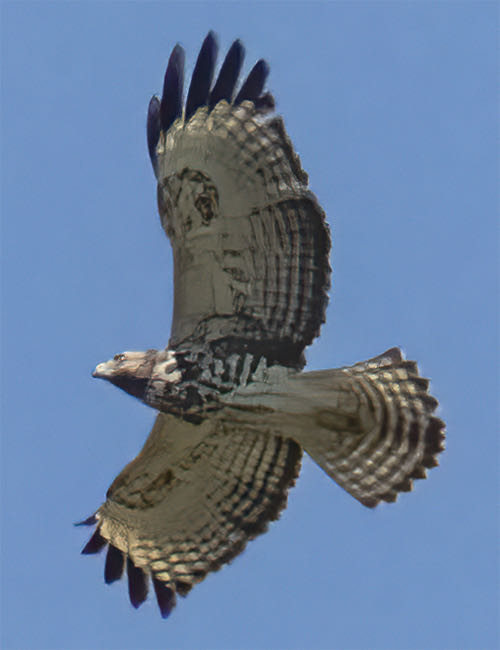

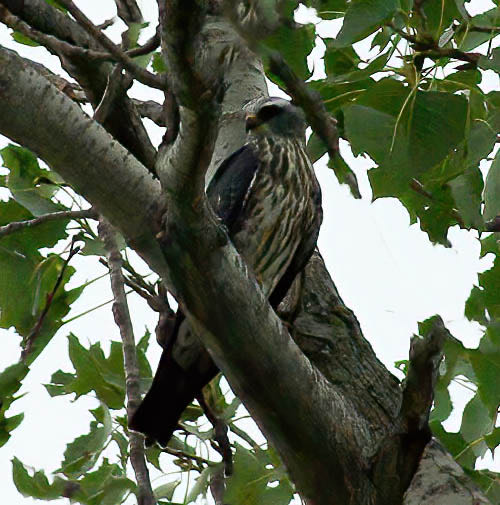
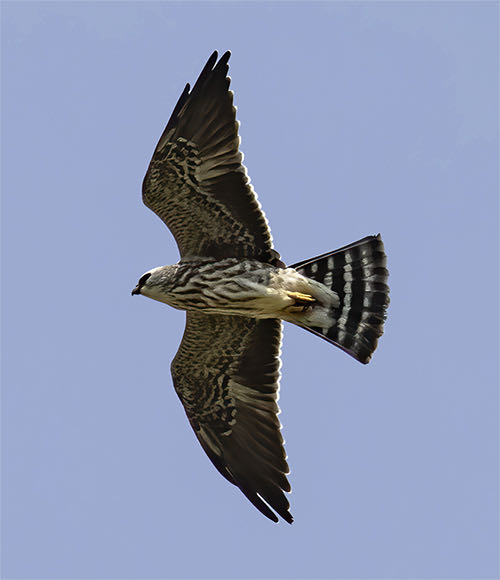
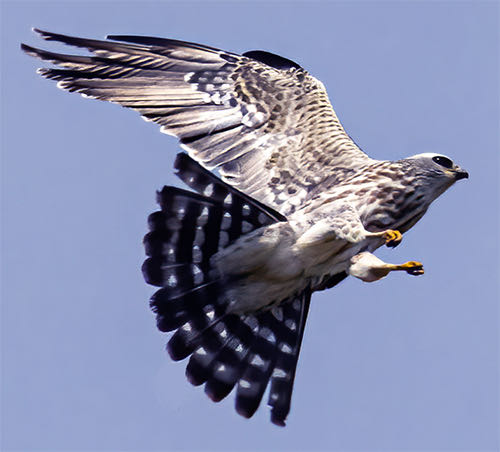
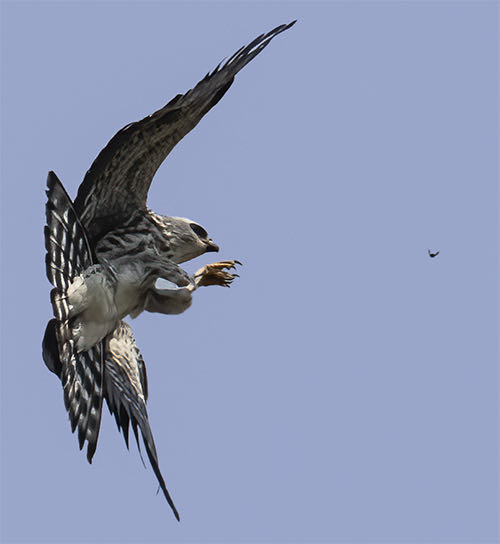
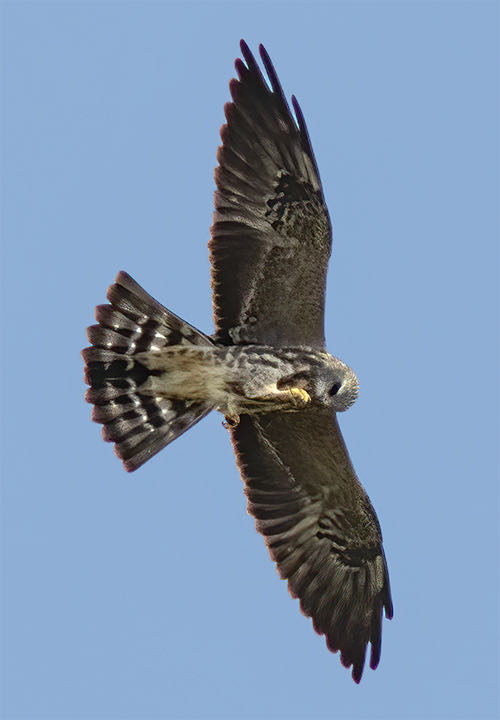

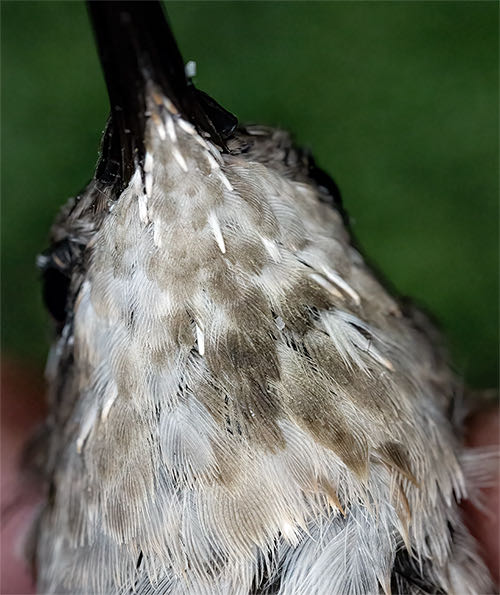
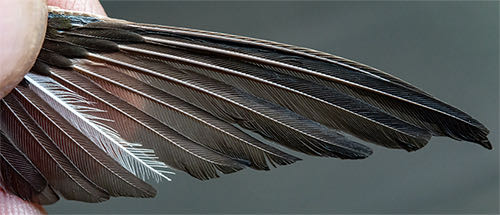
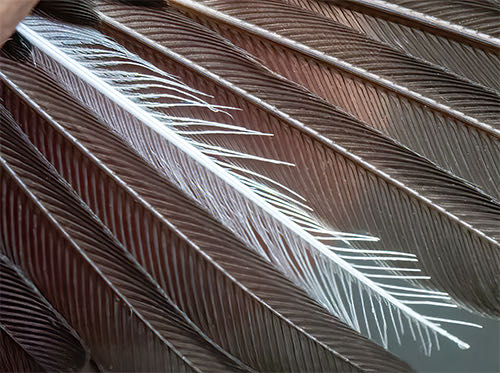
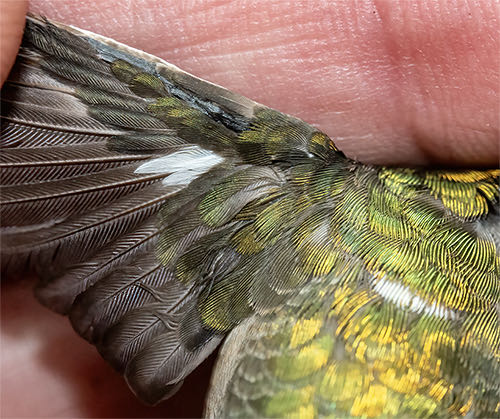
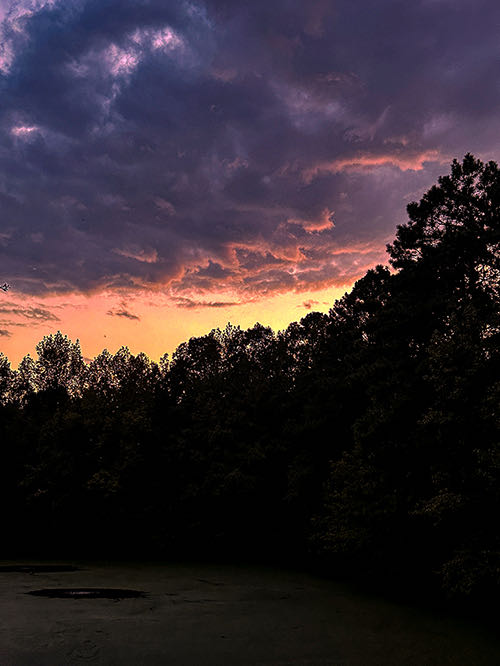









 Please report your spring, summer &
Please report your spring, summer &